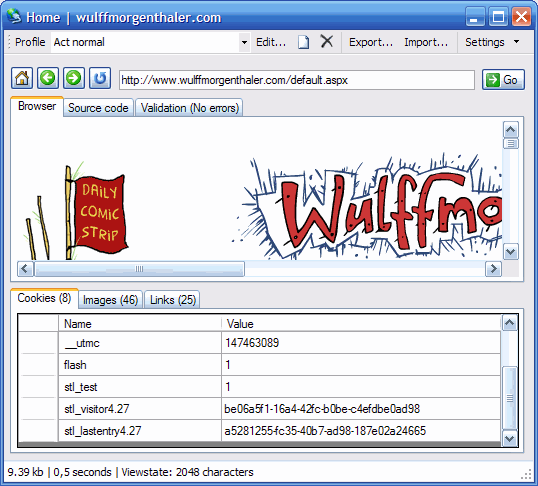Use If-Modified-Since header in ASP.NET
If you are building a high traffic website, you are probably concerned about bandwidth. Many hosting centres charge based on the amount of bandwidth you use, and it can be rather expensive for high traffic sites.
This is where the If-Modified-Since header comes to the rescue. By utilizing this request header, you can do what is normally referred to as a Conditional Get. This basically means that the server only has to serve content if the browser hasn’t already cached it and nothing has changed since the last request.
It should also result in faster load times because the browsers internal cache is used. Not all browsers support this header or it is somewhat unclear when they use it. However, RSS aggregators have been using it for years making it ideal for serving RSS feeds.
Dynamic generated images and files will probably also benefit from this. Here is a simple way of utilizing the If-Modified-Since header in ASP.NET and C#.
protected void Page_Load(object sender, EventArgs e)
{
// Set the date from where the content was last modified
// It you are serving a file, use the last write time
DateTime contentModified = System.IO.File.GetLastWriteTime("C:\\image.jpg");
if (IsClientCached(contentModified))
{
Response.StatusCode = 304;
Response.SuppressContent = true;
}
else
{
Response.Cache.SetLastModified(contentModified);
// Then serve your RSS feed or dynamic image
// or anything else for that matter.
}
}
private bool IsClientCached(DateTime contentModified)
{
string header = Request.Headers["If-Modified-Since"];
if (header != null)
{
DateTime isModifiedSince;
if (DateTime.TryParse(header, out isModifiedSince))
{
return isModifiedSince > contentModified;
}
}
return false;
}
